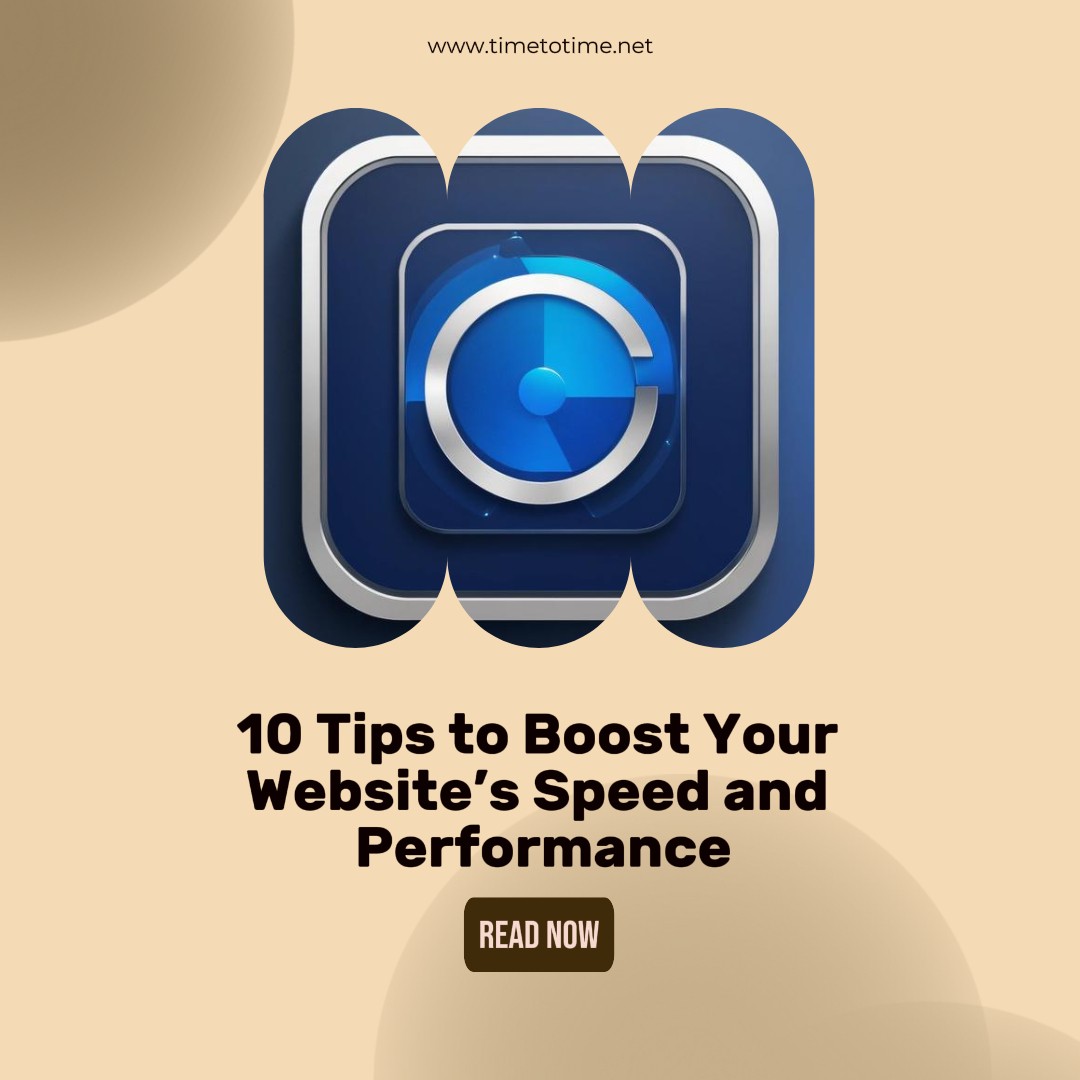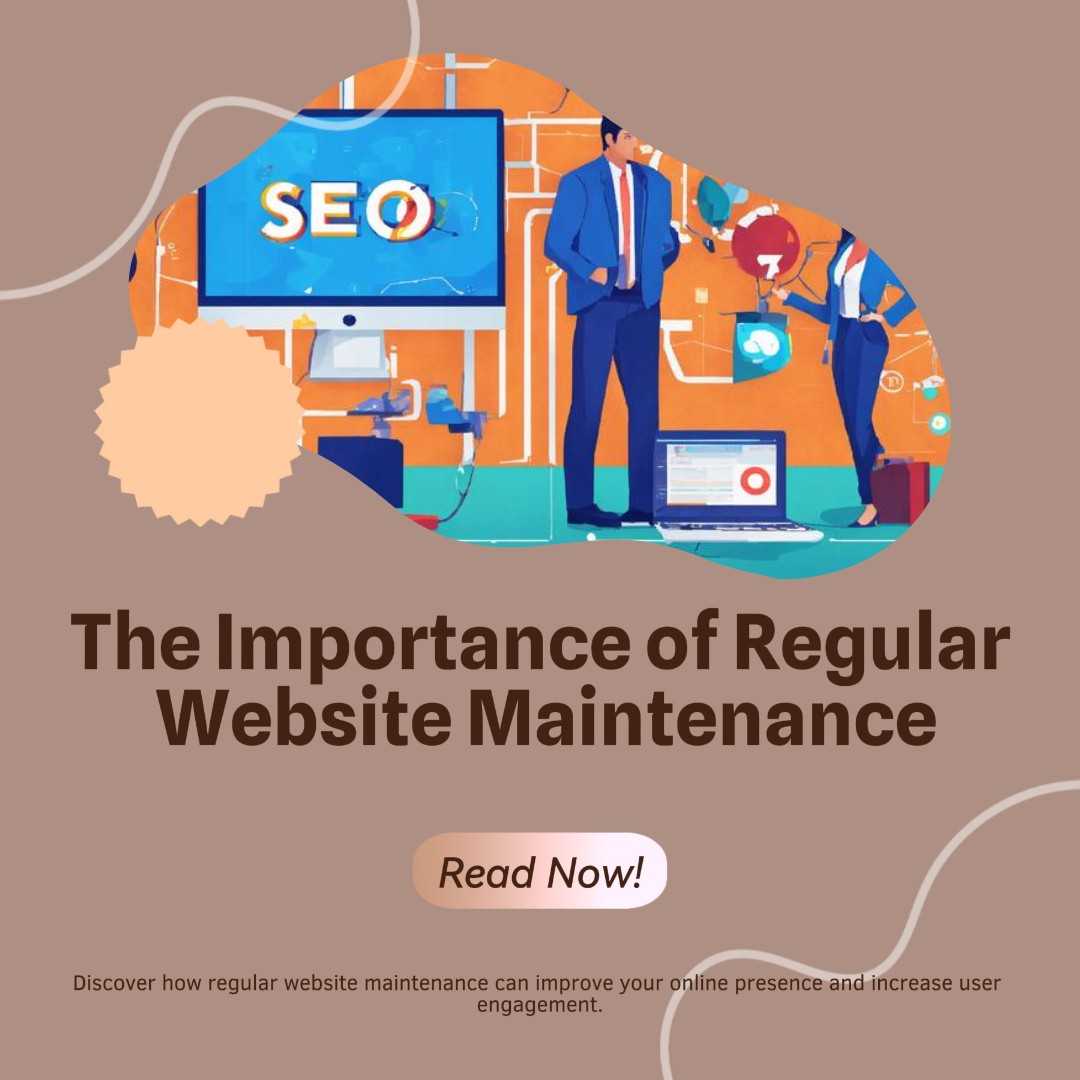Digital writing is all about being found online. Can you understand what all that mumbo-jumbo means? Exactly. How do you write a blog post so that it not only captivates the eyes of readers but also appears on the first few pages of Google or other search engines? Don’t worry, writing SEO-friendly content is easier than you think. Here, in this article, we will go through step-by-step instruction on how to write a post that is optimized for search engines but still engaging for your readers.
1. Introduction to SEO-Friendly Blog Posts
What does the word “blogging” conjure up in your mind? Creative writing? Telling the world your thoughts? Building an audience? Or perhaps other things. If you are creating content for an online audience, there’s another layer: SEO, or Search Engine Optimization.
SEO simply means optimizing your content so that it gets crawled more often in search engines’ indexes. If you optimize the right way, your blog post is going to rank higher in SERPs. More people are likely to read your content, but the question is: how do you ensure this for your blog posts? Let’s find out!
2. Understanding SEO
Before you can even think about writing blog posts to attract search engine enhancements, you will need to be informed about what SEO is. SEO stands for Search Engine Optimization. Search Engine Optimization is a practice that makes your content more visible in search engines like Google, Bing, and Yahoo. Imagine having a large neon sign on your block proclaiming, “Hey! Over here!” so people can find it easily.
How Search Engines Work
These bots process web pages to evaluate them and to determine where they would be placed in search results. The better optimized for SEO your blog post is, the higher it will rank in the search results if someone is using the right keyword.
3. Why Keywords Matter
Keywords are the backbone of SEO. Keywords or phrases are what users type into search engines looking for information. Assume you have a blog post on baking; your keywords could include terms such as “how to bake a cake” or “easy baking recipes.”
Incorporating keywords naturally into your blog can enhance the understanding of search engines of what your content is about, which can lead to its ranking when someone searches for those terms.
4. How to Find the Right Keywords
First, one should find the right keywords for a blog post. To choose relevant keywords, one would prefer to pick those where search volume is high but competition is not too high. Luckily, there are several tools available to do this: Google Keyword Planner, SEMrush, or Ubersuggest.
How to Find Keywords
- Think like your Target Audience: What would someone searching for your topic type into Google?
- Use Long Tail Keywords: Phrases rather than single words, for example, “best SEO blog writing tips.”
- Analyze Competitors: Take a look at the keywords on your competitors so you can get ideas for your own.
5. Crafting an Engaging Title
Your title for your blog post is the very first thing that people see, so it should be engaging and contain your primary keyword. Think of it as a headline on the front page of a newspaper—it should capture attention while also clearly letting readers know what your post is about.
How to Write SEO Friendly Titles
- Use numbers; titles such as “10 Tips for…” have a better tendency to work.
- Ask a Question: Questions can be great in terms of curating interest.
- Keep it Under 60 Characters. This way, you will make sure that you will not get cut off on search results.
6. Structuring Your Blog Post for SEO
The way you structure your blog post has a lot to do with SEO. A flowing, organized post not only keeps the reader interested but also aids a search engine to understand what you are talking about.
Use Headings and Subheadings
Headings—headings are just like H1, H2, H3, etc.—split up your content into sections, making it easier to read and scroll through. They also let search engines know what you are placing emphasis on for your user. Be sure to include a few of your target keywords in a few of these headings when the moment feels right.
Paragraph Length
No one would like to read a diary, which is a series of texts. Divide your content into paragraphs such that your readers have an easy time consuming it. Ideally, paragraphs should range between 2 and 3 sentences in length.
7. Writing Quality Content
It’s very easy to get caught up in the game of SEO, but remember: content is king. At the end of the day, if your content isn’t engaging or helpful, it won’t matter how SEO-optimized it is—people won’t stick around to read it. Your content needs to be valuable, original, and answer the reader’s question.
Tips for High-Quality Content
- Be Clear and Concise: Don’t make readers work to understand your point.
- Don’t Keyword Stuff: Scatter keywords naturally throughout your content.
- Use Bullet Points: This will break up tedious, lengthy content, making it easy on the eyes to scan through.
8. Including Internal and External Links
Links are another essential component of SEO. For search engines, links help determine the relevance and authority of your post.
Internal Links
Internal links are links to other pages or posts on your website. They help increase the length of time that a reader is on your site—this can be amazing for your SEO. In addition, they allow search engines to crawl your site better.
External Links
External links lead to other websites. These can make it look like search engines that your content is well-researched and valid. Just be sure to link to high-quality, good sources.
9. Optimizing Images for SEO
Images are great in that they can enhance the reader’s experience, but they also need to be optimized for SEO.
Optimizing Images
- Use Descriptive File Names: Instead of “IMG123.jpg,” name it something relevant, such as “chocolate-cake-recipe.jpg.”
- Alt Text: This will ensure that search engines understand what the image is about.
- Compress Your Images: Large images can drag down your website, which is a bad thing for both user experience and SEO.
10. Mobile Optimization
More and more users surf on mobile devices. Therefore, your blog articles need to be mobile-friendly. Google uses mobile-first indexing, which means it mainly considers the mobile version of your website when ranking it.
Mobile Optimization Tips
- Responsive Design: Change layout as per device.
- Test load times on Google PageSpeed Insights so you know how quickly your blog loads on mobile.
11. The Role of Meta Descriptions and Meta Titles
Meta descriptions and meta titles are short pieces of text that appear in search engine results. They don’t count toward your SEO ranking per se, but they determine if people click your link.
Good Meta Description Write End
- Under 160 Characters: So it doesn’t become chopped up in the search engines.
- Use Your Keyword: If you can so that search engines pick up on it.
- Engaging Title: Consider your title as an ad for your blog post.
12. Conclusion
Not necessarily does writing SEO-friendly blog posts have to be complex. Instead, by ensuring you are targeting the right keywords, structuring your content to be readable, and always keeping in mind who your audience is, you’ll create relevant blog posts that rank well on search engines but more importantly engage and teach your readers.
Remember: it’s not stuffing your post full of keywords and trying to “trick” search engines. It’s more about providing value for your audience while following some simple guidelines which will make it easier for the engines to find and serve up your content.
13. FAQs
1. What are the best tools to use for SEO keyword research?
Some of the most used tools include Google Keyword Planner, SEMrush, and Ubersuggest. These will help you find how many people are searching for your keyword and exactly the strength or weakness in competition with others who are willing to rank with the keyword.
2. How long should my blog post be for SEO?
There is no ideal length, but it has been seen that blogs with an average word count of 1,500-2,500 words perform better in search results since they add more value and depth to the topic.
3. Can I repeat my keyword throughout my post?
You can, but don’t overdo keyword stuffing. Write your main keyword naturally within the post and use those related keywords as alternatives in order to break up the post a bit.
4. Do images really matter for SEO?
Images are key to user experience and SEO. Use alt text and compress your images to speed up your page loads.
5. How often should I update my blog post for SEO?
Updating your blog posts regularly is good SEO practice. Try refreshing your content every 6-12 months to keep it fresh and relevant.






